Canadian Flag Guide: Design Analysis & Guessing Strategies
Master the Canadian flag in Flagle with our expert guide. Learn essential design elements, color patterns, and proven strategies for quick identification.
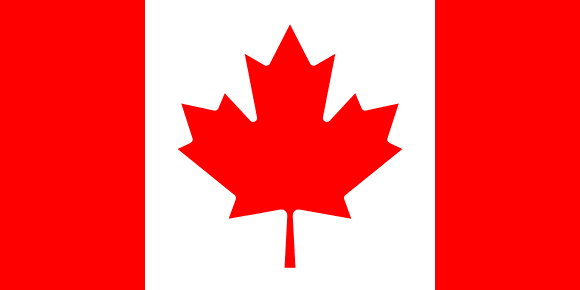
Quick Reference Guide for Flagle Players: Red-White-Red vertical bands with an 11-pointed maple leaf in the center. 1:2 ratio. No blue elements.
The Canadian flag, often referred to as the “Maple Leaf” or l’Unifolié, is one of the most recognizable national flags in the world. Its simple yet striking design makes it a favorite in flag-guessing games. However, identifying it accurately requires more than just recognizing a maple leaf. In this ultimate guide, we’ll analyze the design, explore geographic associations, and share expert strategies to help you master the art of guessing the Canadian flag.
Core Identifying Features
Understanding the fundamental characteristics of the Canadian flag is the first step to recognizing it instantly. Let’s break down its key elements.
Color Scheme Analysis
The Canadian flag consists of three distinct color sections:
- Red: The dominant color, representing strength, bravery, and sacrifice. It appears in the two vertical bands on either side.
- White: The central field, symbolizing peace and neutrality.
- Maple Leaf in Red: The 11-pointed maple leaf in the center is the most iconic feature of the flag.
These colors are deeply rooted in Canadian history, with red and white being designated as the national colors by King George V in 1921.
Symbolism Breakdown
The maple leaf is the defining emblem of Canada. It has been associated with the country since the 18th century, symbolizing unity, nature, and the vast forests that define the Canadian landscape. Unlike other national flags that feature complex coats of arms or multiple symbols, Canada’s flag is minimalist, making it easy to remember.
Proportional Guidelines
The Canadian flag follows a 1:2 ratio, meaning its width is twice its height. The design consists of three vertical sections:
- The red side panels each occupy ¼ of the flag’s width.
- The white central panel takes up ½ of the flag’s width.
- The maple leaf is perfectly centered within the white section, with its 11 points symmetrically balanced.
This structured design ensures that the flag remains visually appealing and recognizable from a distance.
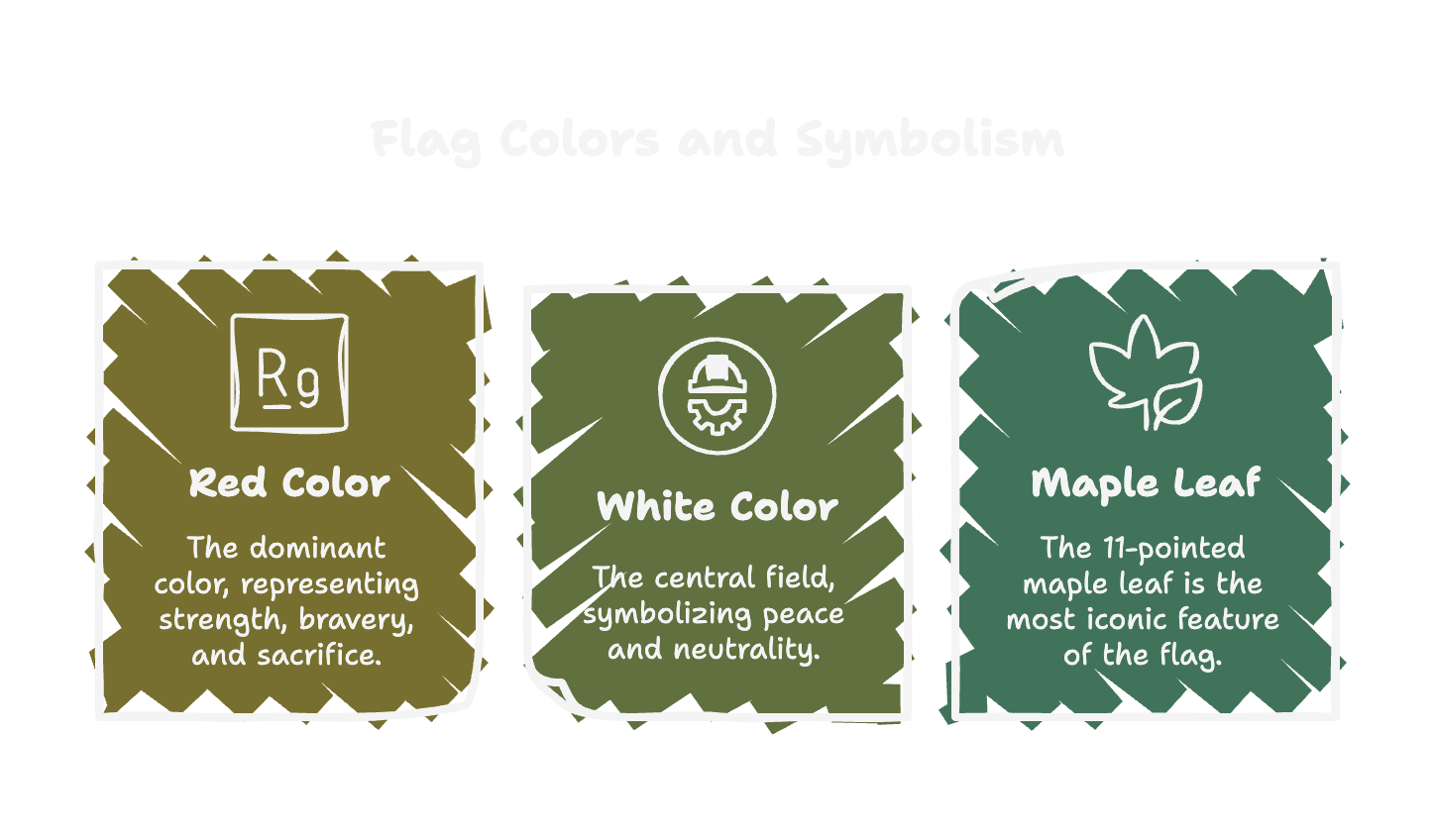
Geographic Associations
Flags often reflect the geography of their nations. Let’s explore how Canada’s flag connects to its landscape and neighboring countries.
Regional Characteristics
While the national flag represents Canada as a whole, each province and territory has its own flag. However, the maple leaf remains a unifying symbol across the country. Canada’s vast forests, particularly in Ontario and Quebec, are home to millions of maple trees, reinforcing the flag’s natural inspiration.
Neighboring Country Comparisons
When playing a flag-guessing game, it’s easy to mix up similar designs. Let’s compare Canada’s flag with those of its closest neighbors:
- United States: The American flag has red and white stripes with a blue field of stars, making it far more complex than Canada’s minimalist design.
- United Kingdom: Canada was once a British colony, but unlike the UK’s Union Jack, the Canadian flag lacks crosses or blue elements.
- France: The French flag consists of three vertical bands (blue, white, and red), but Canada’s flag has a distinct maple leaf instead of solid-colored sections.
Cultural Influences
Before adopting the current flag in 1965, Canada used the Red Ensign, which featured the Union Jack and a Canadian coat of arms. The shift to the maple leaf design marked a move toward national identity distinct from British colonial influences. Today, the flag is a symbol of Canadian pride, used in sports, diplomacy, and international events.
Flag Guessing Strategies
To excel in flag-guessing games, you need more than just basic recognition. Here are expert strategies to improve your accuracy.
Three-Step Filtering Method
When identifying the Canadian flag, use this three-step approach:
- Color Check: Look for red and white as the dominant colors.
- Symbol Verification: Spot the 11-point maple leaf in the center.
- Proportion Analysis: Ensure the flag has a 1:2 width-to-height ratio with two red vertical bands.
By following these steps, you can quickly eliminate flags that don’t match Canada’s design.
Common Mistakes
Some flags resemble Canada’s in certain aspects, leading to frequent mistakes:
- Peru: The Peruvian flag also has red and white vertical bands, but it lacks a maple leaf.
- Austria: Austria’s flag has red and white horizontal stripes, making it easy to confuse with Canada’s color scheme.
- Lebanon: The Lebanese flag features a cedar tree in the center, which may be mistaken for a maple leaf at a quick glance.
Dynamic Identification Techniques
If you’re playing a fast-paced flag-guessing game, these quick recognition tips will help:
- Focus on the Leaf: Canada is the only country with a single, centered maple leaf on its flag.
- Eliminate Blue Elements: If you see blue, it’s not Canada’s flag.
- Check for Simplicity: Canada’s flag is minimalistic—if the flag has complex patterns or multiple symbols, it’s likely not Canadian.

Cultural Insights
Beyond its design and symbolism, the Canadian flag has a rich history and modern significance.
Historical Evolution
Canada’s flag history includes several key milestones:
- 1868-1965: The Red Ensign, featuring the Union Jack and a Canadian coat of arms, was used as Canada’s de facto flag.
- 1965: The current Maple Leaf flag was officially adopted on February 15, 1965, after extensive debate.
- Flag Day: Canada celebrates National Flag of Canada Day every February 15th.
Modern Usage
Today, the Canadian flag is used in various settings:
- International Events: Displayed proudly at the Olympics, the UN, and diplomatic summits.
- Sports & Culture: Waved by fans at hockey games and national celebrations.
- Military & Government: Flown at embassies, military bases, and government buildings worldwide.
Fun Facts
Here are some little-known facts about the Canadian flag:
- The 11 points on the maple leaf don’t represent anything specific—they were designed for clarity in high winds.
- Canada’s flag holds the distinction of being the first national emblem designed through parliamentary committee approval.
- It took over 3,500 designs before the final version was selected.
- The flag uses Pantone 032 C (hex value #FF0000) for precise color matching across all applications.
Conclusion
The Canadian flag is a masterpiece of simplicity and symbolism, making it one of the easiest yet most iconic flags to recognize. By understanding its design, geographic connections, and strategic guessing techniques, you can confidently identify it in any flag-guessing challenge. Whether you’re a casual player or a competitive flag expert, mastering Canada’s flag will give you an edge in any game.
Now that you’ve learned all about the Canadian flag, put your skills to the challenge and see how quickly you can spot it in your next flag-guessing challenge! 🚩🇨🇦